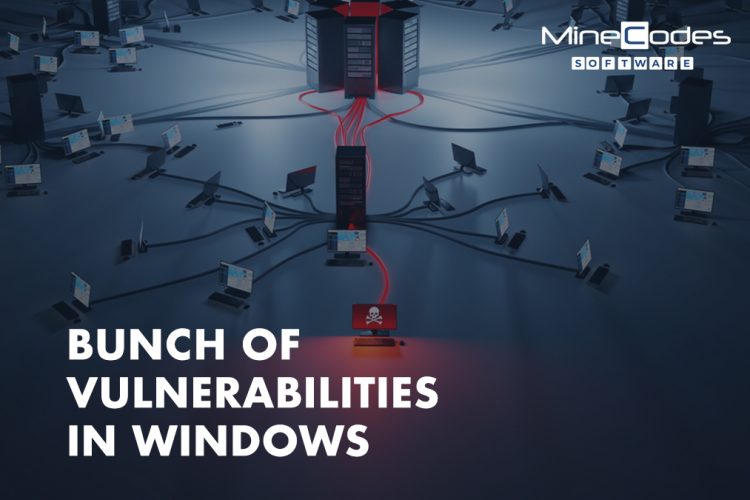
Any day is Computer Security Day, but November 30th is designated as such, with the aim of raising awareness of online security challenges and promoting cybersecurity best practices.
Days like this serve as a helpful reminder to do a few more security tests. With that in mind, here are few recommendations from the Sophos help team for securing your home Wi-Fi network.
“No hacker will be involved in my home network,” many people believe.
However, everybody has something useful to attackers: personal information, bank account information, financial data, and maybe even a camera that can let offenders know when you’re not at home, or allow creeps to spy on you when you are.
If you work from home, keep in mind that it’s just a hop, skip, and jump across the network for a professional intruder from your personal computer or connected device to your work desktop, and probably from there to the entire company network.
- Make the necessary updates.
Naked Security’s mantra is “fix early, patch often,” and it refers to all access points, modems, and routers you use for your home network, as well as all the computers that can connect to it.
Check to see if your firmware has been changed recently. If it’s not up to date, update it right away.
Set your devices to instal updates automatically when possible. Consider migrating to a system that is better supported if you find that you are unable to upgrade (for example, if the manufacturer no longer provides support).
- Verify the encryption options.
At the very least, WPA2-PSK (AES) encryption, also known as WPA2-CCMP, is recommended. (PSK stands for Pre-Shared Key, and it’s the password you’ll need to connect to the network.)
The Wi-Fi Alliance ratified WPA2 for the first time in 2004. If your router doesn’t support WPA2, replace it with a newer model that does.
WEP, which stands for Wired Equivalent Privacy, can never be used because the encryption scheme it employs was broken many years ago and provides only a false sense of protection.
- Decide on a secure password.
Make sure your Wi-Fi network’s password is solid.
It’s tempting to use a short and obvious password that’s easy to type in on mobile devices or to read out to visitors who want to access your network.
An obvious password, on the other hand, makes it simple for people who haven’t been invited to join your network to do so. Since you only have to enter the password once, the extra effort of entering it in the first place is worth it to make it more difficult for strangers to guess the password in the future.
Also bear in mind that if you’ve allowed a visitor to login to your network then then decide you don’t want them to, you’ll need to change the password to lock them out.
- Find out who is connected to the network.
It’s worth taking a look at which gadgets have recently reached your Wi-Fi network. Many routers have a feature in their management pages, which you can access through your browser, that shows you which devices have recently connected.
Are there any malicious machines on the internet? Maybe the teen next door remembers you from their last babysitting session? Are there any home gadgets that you’d forgotten about or believed you’d switched off, such as webcams or baby monitors?
Disconnect all computers that may not be connected to your network. Changing the Wi-Fi password would prevent any unauthorized gadgets from immediately reconnecting to the network.
Disconnect all computers that may not be connected to your network. Changing the Wi-Fi password would prevent any unauthorized gadgets from immediately reconnecting to the network.
- Take a look at the IoT devices.
The Internet of Things (IoT) refers to gadgets that formerly weren’t considered computers in their own right, such as webcams, smart speakers, and doorbells, but which connect to your Wi-Fi network and run independently.
Paul Ducklin’s latest post on 8 ways to secure your work-from-home network contained some excellent recommendations for protecting IoT gadgets like webcams and smart speakers. The following are the most important takeaways:
- Link only the gadgets that you really require to be online. When you’re not using a computer, turn it off.
- Make sure you know how to keep your computers up to date.
- Make sure the computers are set up properly.
- All potentially dangerous configurations, such as default passwords, should be changed.
- Examine how much information you’re revealing.
- If possible, put IoT devices on a separate network.
- If client isolation is open, enable it.
- If you have a concern, make sure you know who to contact.
#InternetOfThings #Wi-FiSecurity #EncryptionSettings #SecurePasswords
Article Credits –
sophos.com



